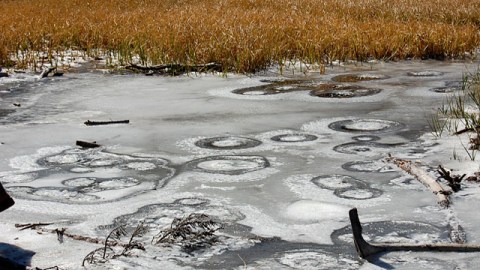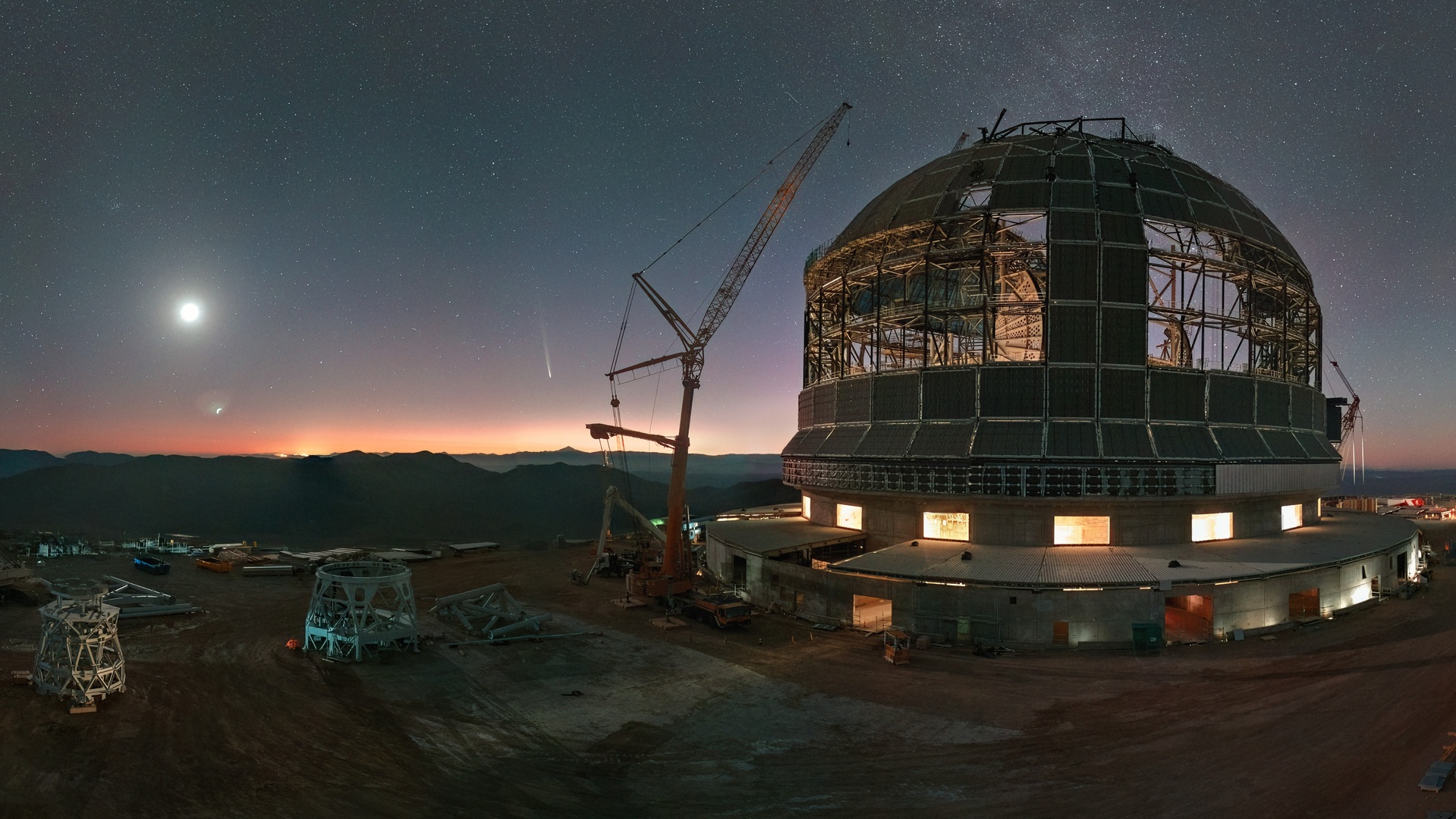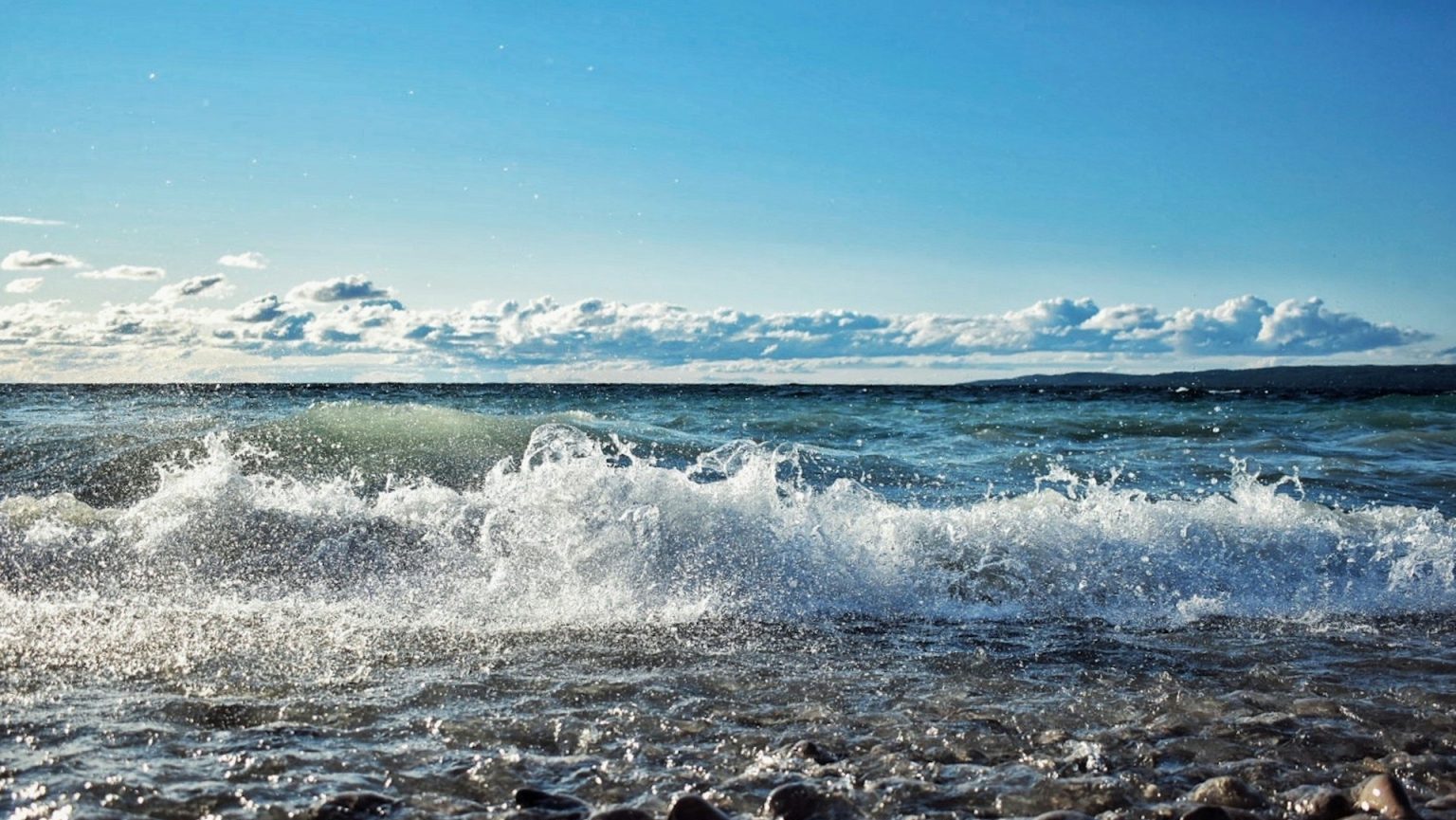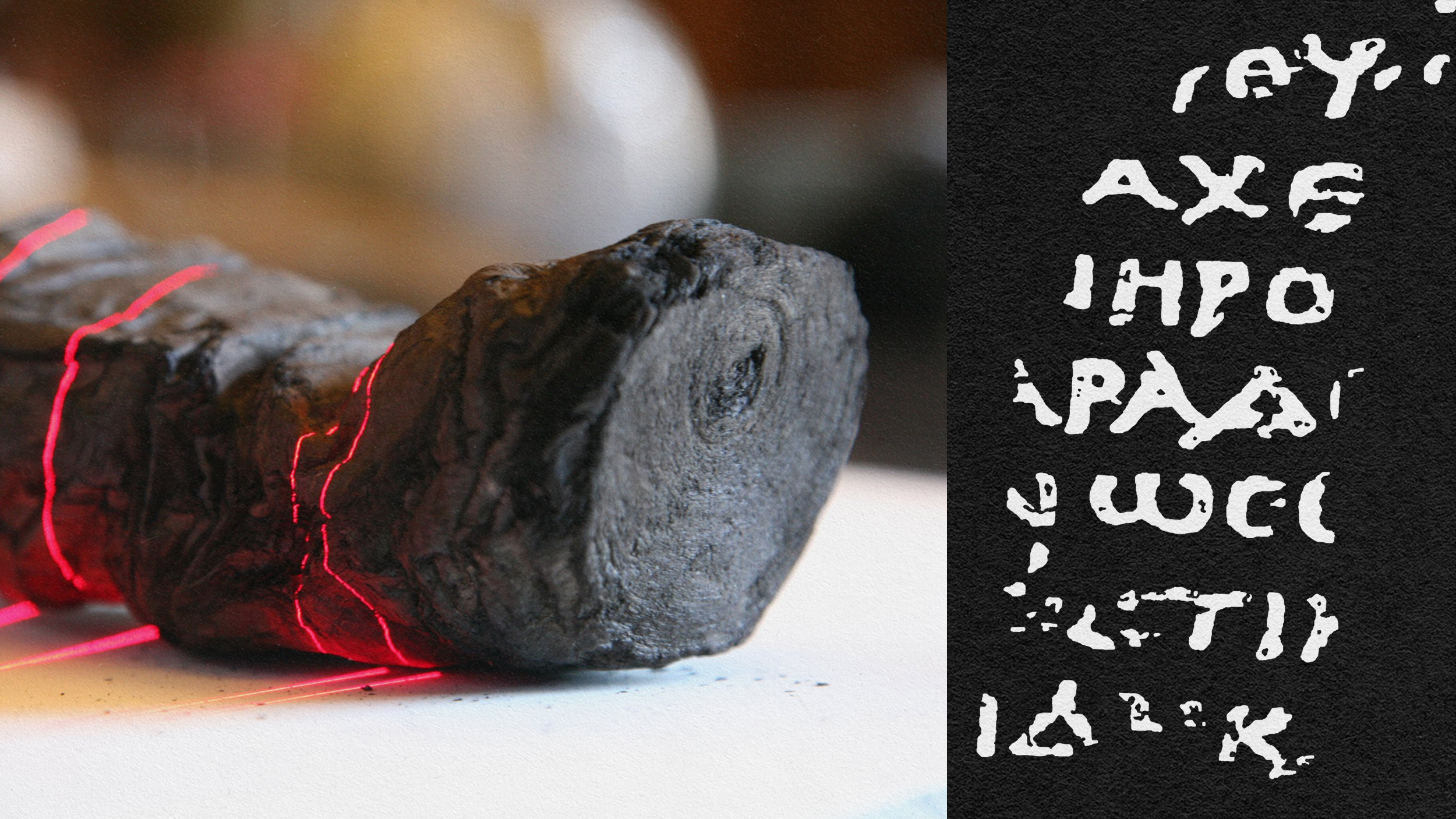MVP #33 Revealed: Cold Boiling Lake, California

Today is mostly reserved for finishing the edits to the paper I have in review, so I thought I’d provide the answer to MVP #33 (top left). There is some other volcano-related events on going, in particular that evacuations orders have been issued near Kirishima, not due to the active eruption but rather the fear of mudflows of remobilized ash after the heavy rainfall in the area.
Mystery Volcano Photo #33 did present a little more of a challenge for many, but Jan Nygard got it with Cold Boiling Lake near Bumpass Hell in the Lassen Volcanic Field. I did, indeed, snap this photo on a field trip to the area in the fall of 2008. Cold Boiling Lake is a small lake on the far side of Bumpass Mountain from Bumpass Hell, the hydrothermal field in the Lassen area (see image below). The lake is famous for the numerous carbon dioxide seeps in the lake floor and on the day we visited, the lake was partially frozen over so the seeps were quite prominent. Carbon dioxide seeps in cold water lakes are quite common in volcanic areas as cooling magma will release the volcanic gas, which will then percolate to the surface, sometimes using pre-existing crustal lineaments or cracks as preferential pathways. This could be why the seeps are concentrated under Cold Boiling Lake. The National Park Service has a video of the seeps in action and last year I wrote about some other seeps around the world at the Laacher See in Germany.

Bumpass Hell, near Lassen Peak in California. Image by Erik Klemetti, October 2008.

A seep in the middle of Cold Boiling Lake. Image by Erik Klemetti, October 2008.

A vigorous carbon dioxide seep in Cold Boiling Lake. Dr. Eric Cowgill (UC Davis) for scale. Image by Erik Klemetti, October 2008.

A close-up of a few of the seeps in Cold Boiling Lake with early fall ice surrounding some of the seeps – the lack of ice is more a product of the moving water than warmer temperatures. Image by Erik Klemetti, October 2008.





